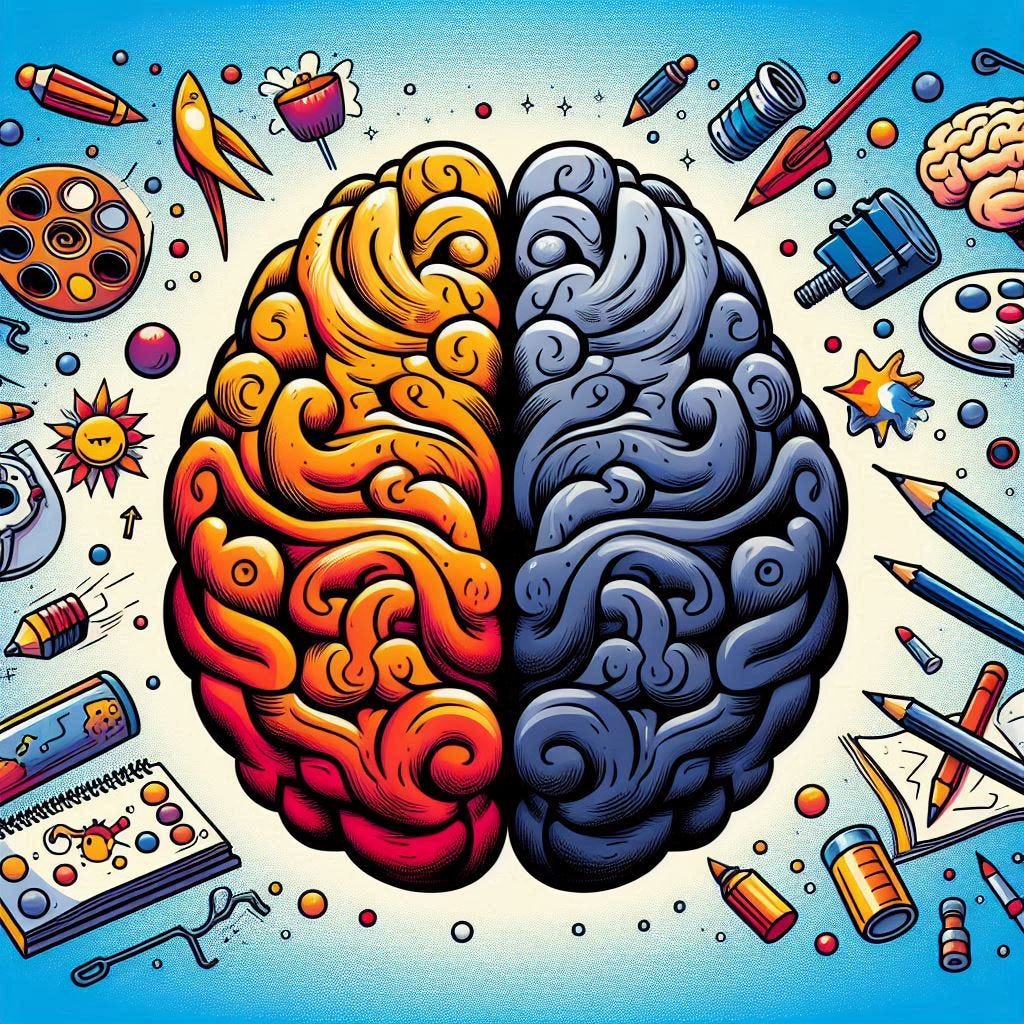The Hybridization of Specialization
Random musings on why hybridization will become more in demand as complexity in tech increases.
In today's fast-paced tech landscape, specialization is key for swift product delivery. Yet, true creativity and innovation demand more than just a specialized focus; they require individuals who can adeptly wear multiple hats. Solving complex problems effectively necessitates a hybrid talent, capable of approaching challenges from various angles, marking a significant shift from the era of generalists.
Hybridization, the melding of ideas from different disciplines, cultures, and perspectives, is a powerful force across various fields, not limited to technology. However, in the realm of designing technology for people, where the aim is to create a human interface for inherently non-human elements, the impact is particularly profound.
While being a generalist still holds value, the need for it diminishes when dealing with the complexities of modern technology. In the realm of product design, two distinct personas emerge: the product executioner and the product innovator. The former requires deep specialization to optimize and deliver on promises, while the latter thrives on fusing diverse ideas to create something greater than the sum of its parts. While both are specialists in their own right, product executioners dive deep into specific topics, while product innovators explore enough to navigate new discoveries.
This trend towards hybrid roles is exemplified by Gen AI, a tool that can assist individuals in expanding their hybrid talents by guiding them in less familiar areas, thus mitigating weaknesses while enhancing strengths.
Steve Jobs epitomized the hybrid talent, not as technically adept as Steve Wozniak but proficient enough to merge business, technology, and creativity effectively, propelling Apple into an innovation powerhouse.
The rise of hybrid work environments, driven by technological advancements and widespread high-bandwidth availability, is also becoming the norm. While the impact of this hybrid setup on productivity versus innovation is still debated, its prevalence suggests that companies adept at leveraging this model will thrive.
As complexity increases, success will be found by those who can connect the dots between different disciplines, particularly in innovation, where agility and the ability to switch between modes are crucial.
In the field of application development, a trend towards greater specialization and technicality is evident, with leaders emphasizing the importance of hybrid talents. Tomorrow's workforce will continue this trend, requiring even more specialization and hybrid skill sets blending hard and soft skills, all pointing towards increasingly niche targets.
This progression mirrors historical human behavior—craftsmen selling their wares, architects designing structures, doctors providing medical care—yet, with increased complexity and specialization comes greater risks, such as the sometimes soulless nature of modern architecture.
Human-centered design offers a solution, transforming transactional, robotic products into more human-centric ones. Achieving this requires greater collaboration among design, product, engineering, and business, along with coordination with specialists and hybrid talents, regardless of their location.
In theory, hybrid and remote workforces should facilitate this collaboration. However, effective collaboration, combined with technology and a deep understanding of human needs, is essential to solving real human problems that even humans struggle with.


